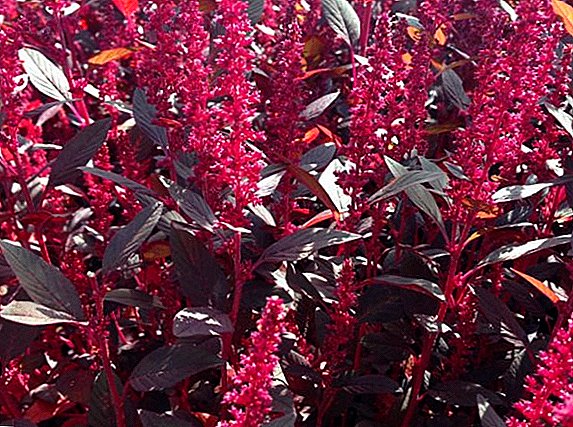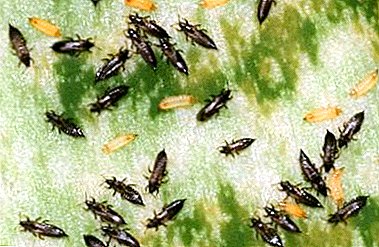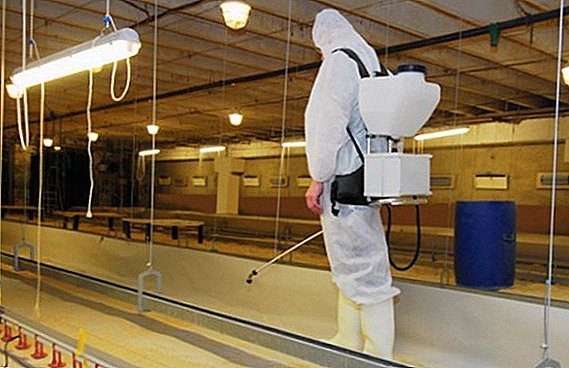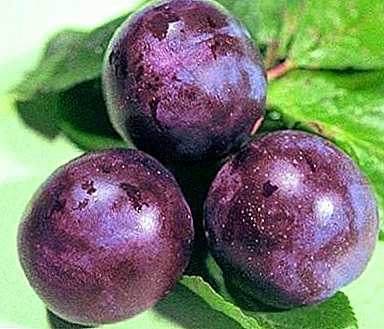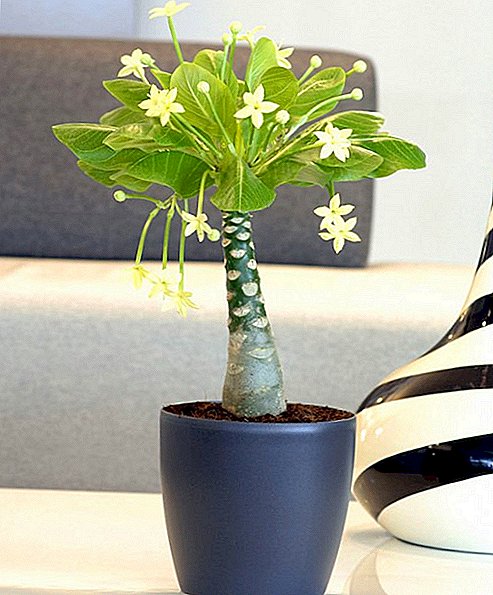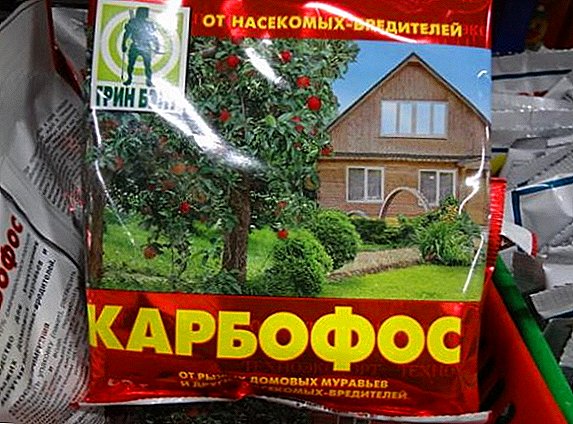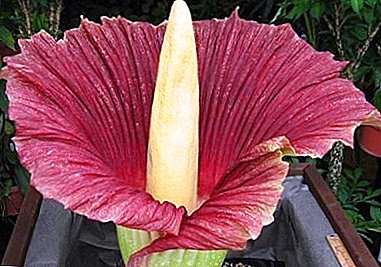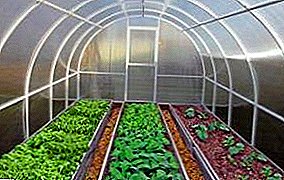
Preparation of beds in the greenhouse, a process requiring a special approach. Success in growing vegetables depends on their proper location and design. That is why the question of how to make the beds in a greenhouse is of concern to most gardeners.
The beds in the greenhouse location relative to the cardinal points
How will place the beds in the greenhouse, it is worth thinking even at the stage of its installation. If the design is set incorrectly, it will not be possible to select the optimal location of the beds in the greenhouse.
The question of the orientation of beds along the cardinal points is especially important, since the illumination of plants depends on it in the process of growing. Traditional is their device with north to south.
However, this method is not suitable for all cultures. It is well suited for growing tall crops. Undersized plants better to have from west to east.
If your greenhouse is on a terrain with irregularities, then it should be oriented to the south, and planting perpendicular to the slope.
Each subsequent with such a device will be higher than the previous one, which means that all plants will receive the maximum amount of light.
For seedlings or potted plants inside the greenhouse arrange shelving along the walls of the greenhouse. Plants can be rearranged from shelf to shelf as they grow, ensuring their maximum illumination.
Optimum bed width
The width of the beds in the greenhouse directly depends on the total width <строения. чтобы="" за="" растениями="" было="" удобно="" ухаживать,="" максимально="" допустимой="" шириной="" является="" их="" размер="" до="" 90="" см.="" в="" узких="" теплицах="" возможна="" ширина="" 45-50="">
An interesting and convenient option in which they make two beds 45 cm wide along the walls, and additionally made the same in the center of the greenhouse.
If your greenhouse has a gable roof, the landing is done in the middle, and the aisles along the walls. Its width is equal to 150 cm.
We make beds on Mitlayder
This technique was tested by an experiment that was carried out for 50 years. As a result, it was confirmed that with the width of the beds of 45 cm and the size of the passages between them about 90 cm in conditions of the greenhouse, the plants get maximum illumination and optimal air access. Landings at the same time are oriented from north to south.
What height should be beds in the greenhouse
 For high-quality cultivation of vegetables, it is important not only how to arrange the beds in the greenhouse, but how tall they should be.
For high-quality cultivation of vegetables, it is important not only how to arrange the beds in the greenhouse, but how tall they should be.
For simple greenhouse beds, the standard is height is 20 cm. This type is appropriate for warm regions. Since the natural heat will be enough for the development of plants.
In regions with unstable and insufficiently warm spring temperatures, it is preferable to make high, and even better warm beds.
High plantings are constructed by installing wooden boxes in the greenhouse. The bottom of them is covered with agrofiber and filled with soil. The height of the soil should be 35-40 centimeters. Planting at this height are in the heated soil, and fruiting occurs earlier.
If you decide to grow early vegetables in a greenhouse, the height should be increased to 80 centimeters. This will allow the soil to be heated most quickly in order to prepare it for planting seedlings.
IMPORTANT. The same high places for planting need to be made for growing vegetables in a non-seedling manner.
Secrets of the device warm beds
The maximum warmth of the soil is facilitated by the construction of warm beds in various shelters. Their classification depends on the biological filler:
- With a wooden pillow. It is laid in a trench 40 cm deep. It consists of a layer of various small pieces of wood: pieces of rotten stumps, logs, tree bark, wood chips. All this is shed with boiling water in order to start the process of decay. The layer of wood is covered with a layer of dry manure. Horse manure is the hottest during decomposition. He is able to warm up to 70 degrees and maintain the temperature for 20-25 days.
- With straw or foliar. In this case, the trench is dug on the spade's bayonet and the ground layer contains crushed straw or dry leaves. You can use any vegetable fillers, as well as food waste, potato peelings.
The heating pad, laid inside, is compacted, spilled with hot water and covered with a black film for heating. Warming it lasts 5-7 days.
After this time, a fertile soil 30 cm high is laid on any heating layer. On such warm plantings you can get a harvest two to three weeks earlierthan ordinary.
A photo
See below: greenhouses inside arrangement with beds of photo, beds in greenhouse photo






How to choose a frame for the beds
Arrangement of the greenhouse is one of the most important moments for obtaining a good harvest. Now you know how best to arrange the beds in the greenhouse, however, they also need to be done correctly. For example, in order for the land to not get enough sleep from the beds built in the greenhouses, you need to do it. fencing. You can choose ready-made solutions that are widely available today (plastic, galvanized iron, etc.).
Very comfortable ready aluminum bumpers. This material is coated with a special polymer composition, which makes it durable. Aluminum curbs are not afraid of moisture and heat of the greenhouse, so this formwork will serve you for decades.
As an option, you can use any available tools. Strengthen landing can be with the help of bricks, boards, pieces of slate, tiles, in general, any construction waste.
- The simplest to manufacture is slate rim and old metal tiles. The downside of this option is its fragility. In addition, sharp edges are uncomfortable during the care of plants.
- Manufacturing brick formwork - one of the cheapest and affordable options. However, its shortcomings are fragility, as the brick quickly begins to crumble, and a large volume. Even when laying the curb into one brick, the wall thickness is quite large, which eats up some amount of useful soil.
In addition, water seeps through the bricks during watering and leaks some soil. To prevent this, laying between the bricks and the soil of the layer of roofing material will help.
- Formwork from old boards made in the form of a rectangular box, which is then poured the soil. Such a frame is easy to manufacture, cheap. But it has one drawback - the boards can be covered with mold, or a fungus can develop on them. To prevent this from happening. It is advisable to treat the boards with the preparation of the fungus.
In order to prevent the boards from rotting, they can be separated from the soil layer with pieces of roofing material. This will extend the use of wooden formwork for several years.
- Very convenient for making fences plastic polycarbonate, remaining from the manufacture of greenhouse cover. This material is durable, and the curbs made of it will last you at least 10 years. Charts 30 cm high and 1-15 meters long, are buried in the ground and fixed with wooden pegs for reliability.
- Bumpers from glass bottles in addition to preventing the rash and washing out of the soil, they are also used for heating. If the fence is made from bottles half dug into the ground and filled with water, warming up in a day will give off heat at night.
The process of preparing the beds in the greenhouse requires a serious approach, since the size of the crop and the convenience of caring for the plants depend on their proper location and well-made fencing. However, as you can see, making the beds in the greenhouse with your own hands is a snap.


